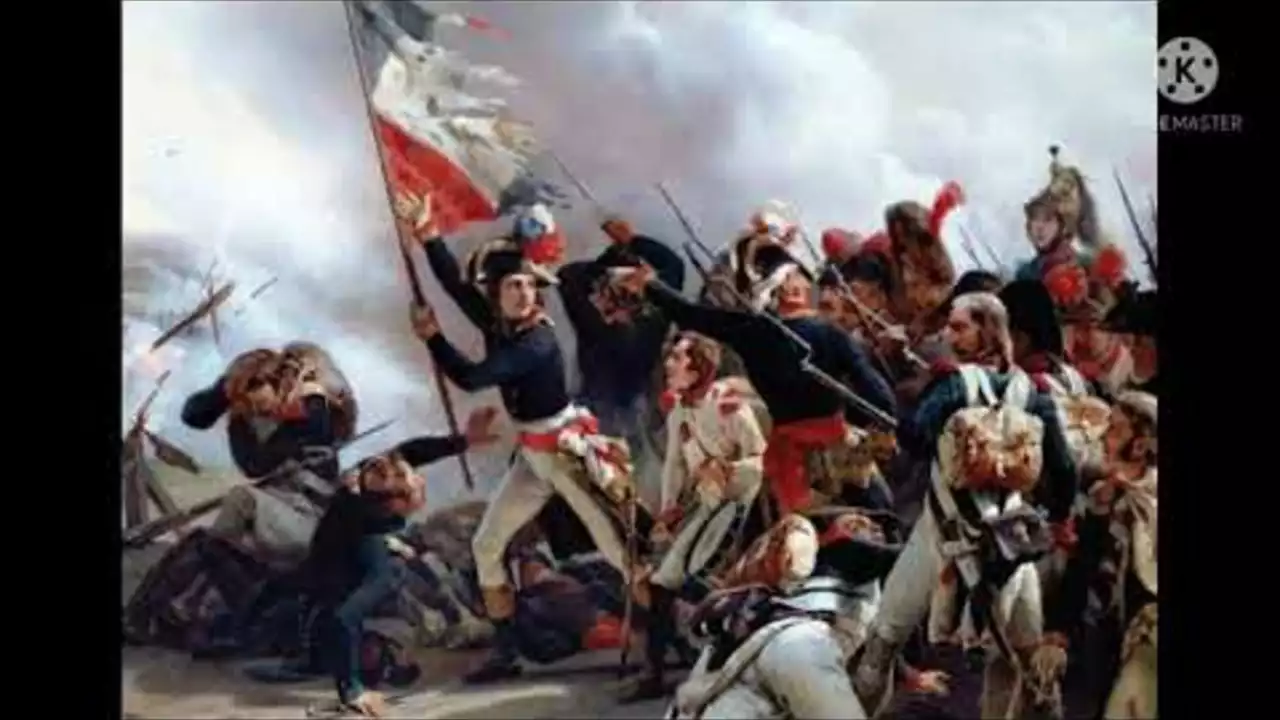French Revolution – What Happened and Why It Matters
The French Revolution began in 1789 and changed the way people think about government. It started because the French people were fed up with high taxes, food shortages, and a king who seemed out of touch. If you want to know why a single event can reshape a whole country, this guide is for you.
The Spark that Ignited 1789
In May 1789, King Louis XVI called the Estates‑General, a meeting of the three social groups: the clergy, the nobles, and the commoners. The commoners, called the Third Estate, felt they had no real power. They walked out, formed the National Assembly, and swore not to break until they wrote a new constitution. This bold move was the first big sign that people wanted real change.
Two weeks later, crowds stormed the Bastille, a prison that symbolized royal oppression. The fall of the Bastille turned a protest into a national revolution. Suddenly, news of liberty, equality, and fraternity spread across France, and people started demanding rights.
Legacy That Still Shapes Today
Inside a few years, the monarchy fell, the king was executed, and a new government tried different forms – a republic, a directory, and even Napoleon’s empire. Even though the Revolution ended with turmoil, it left an enduring idea: power belongs to the people, not just a monarch.
Modern governments still borrow the French Revolution’s ideas. The French flag, the calendar with months like “Thermidor,” and the concept of a written constitution all trace back to 1789. When you see protests today demanding change, the language of “rights” and “freedom” echoes the original chants from Paris.
So, what can you take away? First, never underestimate the power of ordinary people coming together. Second, a clear set of goals – like liberty, equality, and fraternity – can guide a movement even when the road gets rough. Finally, history repeats itself when we ignore the lessons of the past.
If you’re curious about more details, think about the key figures: Maximilien Robespierre, who pushed the Revolution into a violent phase; Marie Antoinette, whose excesses made her a target; and Napoleon, who turned revolutionary ideas into a new empire. Their stories show how ideas can be twisted, kept, or transformed.
Bottom line: the French Revolution started as a fight over taxes and food, but it grew into a worldwide example of how people can demand a say in how they’re ruled. Knowing this helps you understand why today’s headlines about protests, elections, and new constitutions feel familiar.
Whether you’re a student, a history buff, or just someone who likes to know why the world works the way it does, the French Revolution offers a clear, powerful lesson: change starts with ordinary people demanding something better.
